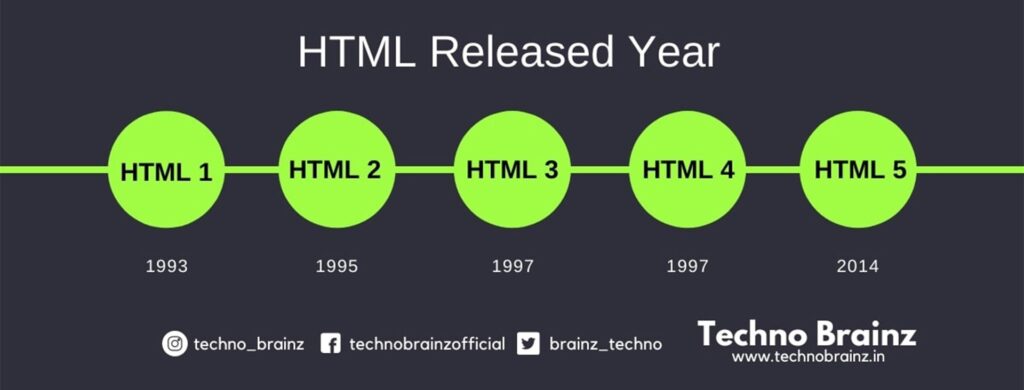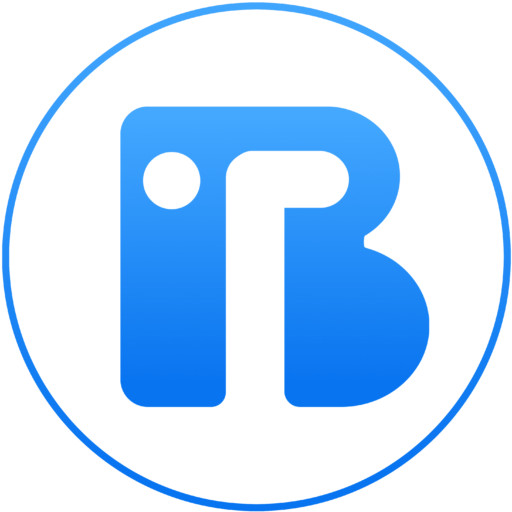HTML stands for Hyper Text Markup Language which is the most widely used language on the Web to develop web pages and web applications. It is the very first step towards learning Web development. HTML is used by the browser to manipulate text, images, and other content, in order to display it in the required format. Since 1990, HTML is used by the World-Wide Web (WWWW) global information initiative. HTML is the skeleton of a web page. It is the first language learned by developers and is core to front-end development work.
Now, Lets kick start your journey with the Introduction to latest version of HTML5 towards Web development.
What is HTML ?
It describes the structure of a Web page
It consists of a series of elements
Its elements tell the browser how to display the content
Features of HTML
It is easy to learn and quite easy to use.
It is platform-independent.
Images, videos, and audio can be added to a web page using HTML5.
It is a markup language.
What is html used for ?
Three Major Reasons why we need HTML, and what HTML can do. We divided it into 3 Salient Parts.
1. Create HTML Documentation
HTML Used For Creating Virtual Document Structure. It contains heading paragraph image links & much more.
2. HTML Template
HTML can create structure of any Emailer And Website using table with forms and we can also create user data sheet.
3. Multimedia & Map
HTML can create user interface for multimedia such as Video, Music, captcha codes and Map .
History of HTML
HTML was created by Tim Berners-Lee in 1991. The first-ever version of HTML was HTML 1.0, but the first standard version was HTML 2.0, published in 1999.

Advantages:
HTML is used to build websites.
It is supported by all browsers.
It can be integrated with other languages like CSS, JavaScript, and much more
HTML5 can interact with multimedia like Video and music.
Disadvantages:
HTML can only create static webpages.
Other languages have to be used For dynamic webpages like php, java, and nodejs.
You can not create your own tag in HTML as XML allowed to create your own tag.
Structure of an HTML 4 Document
<!DOCTYPE HTML PUBLIC "-//W3C//DTD HTML 4.01 Transitional//EN" "http://www.w3.org/TR/html4/strict.dtd">
<html>
<head>
<title>Document</title>
</head>
<body>
<h1> My First HTML Heading </h1>
<p> My first paragraph </p>
</body>
</html> Structure of an HTML 5 Document
<!DOCTYPE html>
<html>
<head>
<title>Page Title</title>
</head>
<body>
<h1> My First HTML Heading </h1>
<p> My first paragraph </p>
</body>
</html>Note -:
You can learn HTML Special videos on our YouTube Channel – Click here
You can learn HTML Advance by our Blogs – Click here

